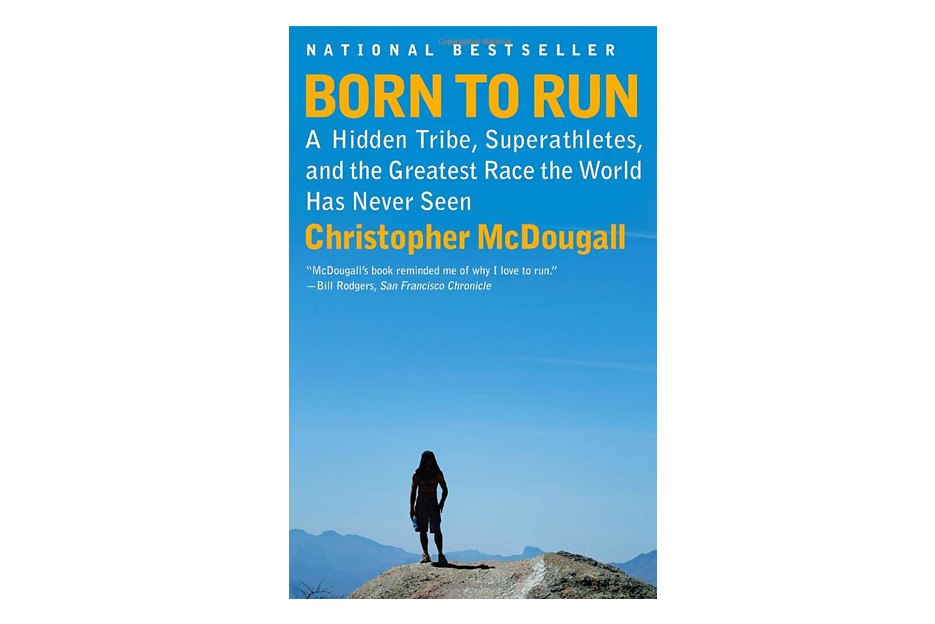 Question for ya.
The last time you had a running or training related injury - was it on one side or both sides of your body?
Question for ya.
The last time you had a running or training related injury - was it on one side or both sides of your body?
Did you have “shin splints” in both shins? Knee pain in both knees? Were both achilles' tendons painful? Or was it just one of them?
Many times beginners experience pain on both sides of the body as they struggle to adapt to the stress running places on the body. After a few weeks, this subsides unless you increase your mileage too quickly.
When someone has pain on both sides of the body the cure is simple. Rest. Of course I don't mean complete rest – just rest the pattern that is causing pain. If running is painful, then swim, bike or row. When your pain has subsided, resume training gradually.
 Another example is the experienced runner who decides to change running form. These days, many are inspired to run 'naturally' so they'll ditch their conventional shoes and start wearing minimalist footwear.
Another example is the experienced runner who decides to change running form. These days, many are inspired to run 'naturally' so they'll ditch their conventional shoes and start wearing minimalist footwear.
The most common complaint after making the switch is calf pain or tightness. Your heels are now closer to the ground which means your ankles are going through more range of motion. This stresses the calves. Obviously you're running with both legs so the tightness shows up quickly in both legs. Read more on transitioning to minimalist footwear here.
Ok, but if you're reading this I bet most of the running injuries you've sustained have been one-sided.
Why does one side hurt and not the other?
Are you not running as much with the pain free leg? Probably not! :-)
Let's first assume (and this may be a big assumption!) you're a symmetrical being. Sure, you could have an abnormality, a birth defect, or an unmanaged injury, but usually it's habitual wear and tear in an asymmetrical movement pattern that really contributes to the pain.
Take knee pain for example. You go to the doc, get it x-rayed, MRI'd, and whatever else and, “A-ha!”, sure enough there's some degenerative changes.
My next question would be, how does that compare to your other knee? Many times the pain-free side also has those degenerative changes. Hmm. Looks the same, but there's no pain. Weird.
What should you do?
As a fitness professional I always make it clear that I am not qualified to treat pain. *Please see your physical therapist or doctor if you want your pain to be named and treated.
However, what I do is observe, identify, and fix dysfunctional non-painful patterns. It's amazing how many times clearing up a dysfunctional pattern can dramatically reduce pain.
But not only that, dysfunctional patterns can literally rob you of power. You want to run faster or do a better push up? Better manage those energy leaks created by that dysfunction...
Regarding our person with knee pain, sure, because the knee is often a victim of what's happening at the joints above or below I'd look to the ankle and the hips, but most importantly I'd look at the global patterns of movement you use in your life.
How is the knee affected every time you stand up from the toilet? Every time you get up off the floor or walk down stairs?
You may not realize it because, well, you feel “normal”. Yet your normal isn't optimal. Your normal is compromising your knee each time you do some common, everyday activities.
Take Home Point
So whether it's your shoulder, low back, knee or foot, if it's only painful on one side, there's a good chance it's due to some movement dysfunction. And that movement dysfunction can be brought on by an old injury, a sedentary lifestyle, how you carry a bag, and all sorts of other ways.
Pain shows up as a warning signal. The action you need to take is to find out why THAT spot hurts. Simply addressing the pain without understanding the cause is like continually buying new tires because they wear out too quickly. Maybe if you'd simply adjusted the alignment, then your tires would last longer!
(*If you are in pain, see the doc or PT first, then come to me. I'll then speak with your health care professional so that we're all on the same page)

